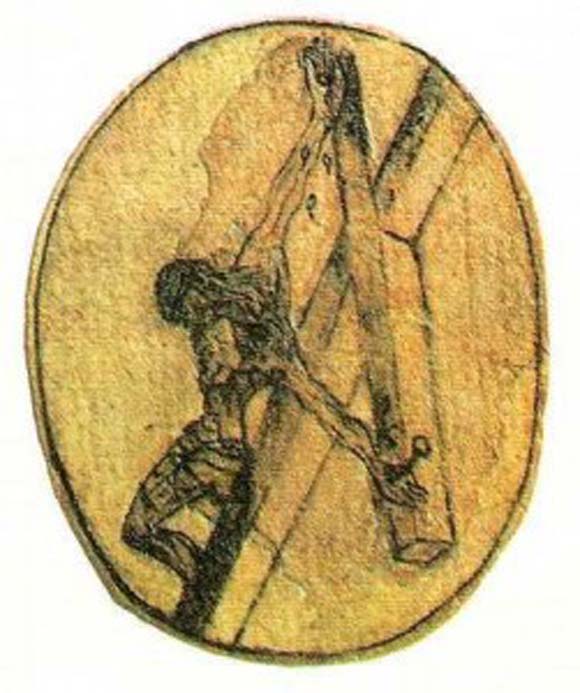
Art of the Redemption 4: Christ of St John of the Cross by Salvador Dali
 Christ of Saint John of the Cross was painted by the Spanish Surrealist painter, Salvador Dali in 1951 at a time when he was emerging from the strong anti-religious atheism of his youth and was re-embracing the Catholic faith. In my view it contains a lot of religious depth, but space will confine me to offer just a few reflections on how it explores and articulates the redemption.
Christ of Saint John of the Cross was painted by the Spanish Surrealist painter, Salvador Dali in 1951 at a time when he was emerging from the strong anti-religious atheism of his youth and was re-embracing the Catholic faith. In my view it contains a lot of religious depth, but space will confine me to offer just a few reflections on how it explores and articulates the redemption.It has been said that the original 16th century version portrays a crucifix from the angle at which a dying person would view it as it is held up to them to venerate. Dali has us view Christ and the cross directly from above and looking down on the array of clouds below and earth below that. It is a heavenly perspective, indeed that of God the Father. Interestingly the Son, Christ, shares the same perspective as the Father: his view follows and continues that of the Father. The fourth gospel stresses that the Son proceeds from the Father and is one with him, seeing and doing whatever the Father directs him to do. In a way the Father also offers the Son to the world, to save it.
Sorry, the comment form is closed at this time.




A Website Visitor
Insightful.The absence of the nails, blood and sweat combined with the hyper realism of Christ’s body also brings together both what is human and eternal.Thank you for your thought provoking account.
A Website Visitor
Very informative and interesting! A would never have guessed that Dalí had such ideas in his head.
A Website Visitor
Did Dali create any smaller versions Saint John of the cross paintings ?
A Website Visitor
This is the most thorough verbal exposition of this painting I have found outside the Dali museum I once visited in Florida. Thank you!
A Website Visitor
I love your comments and the picture. From a personal viewpoint, I have found that it was only when I was struck low with face pressed against the wood of the cross, that I was able to look up and see His face .
A Website Visitor
It was love that held my saviour to the cross.How true is the account above!
Website Visitor
Ten years later and I still reflect on your post. The painting touches the heart that God has given me. Thank you Brother Andrew